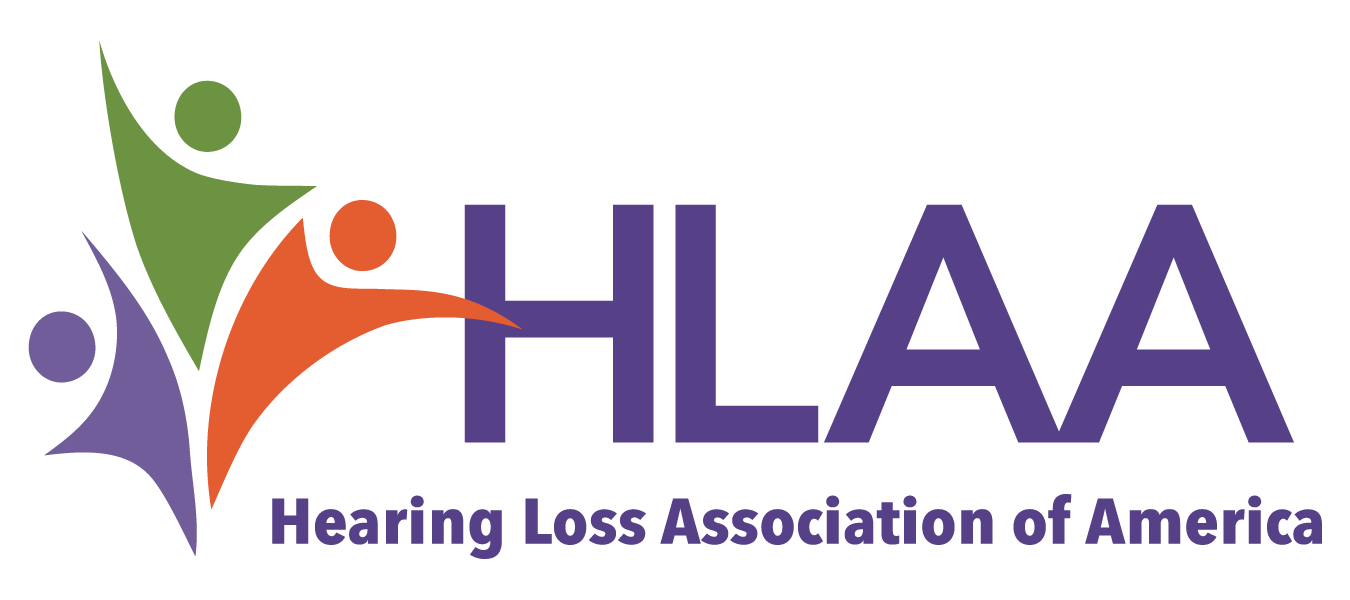about technology and hearing loss in the real world
- ICAAT
- User Stories
- Node view
- Node view
As a medical student with hearing loss, the operating room poses challenges that are both similar to and different from challenges people with hearing loss face in other environments. The operating room is a unique environment acoustically and procedurally, which means I have important considerations when using assistive technologies.
For instance, I regularly adjust my hearing aid and Bluetooth remote microphone volume settings using my phone. However, I cannot touch my phone while scrubbed in. Surgical scrub is an important sterilization process in the operating room to prevent infections so touching anything that is not sterile requires the individual to scrub in again.
Theoretically, I could ask someone to adjust the settings for me, but finding the settings is not obvious to those who do not use them, sometimes I need settings to be changed several times in a short period of time, and I would prefer not to give someone else my phone. I may be able to adjust the volume of my hearing aids myself, but that is still not optimal from a sterilization perspective. In addition, adjusting the volume on my hearing aids does not enable me to change the settings of my Bluetooth remote microphone.
Since my microphone is not sterile, it cannot be passed around and must be carefully worn by anyone scrubbed in. So I’ve had some challenging considerations and decisions to make. Do I give the microphone to the attending physician and not hear anyone else in the room? Or, do I not use the remote microphone and only get parts of the conversation? In the end, I learned that like many other challenging environments when you have hearing loss, it depends.
The noise levels for each surgery vary based on the surgical team and procedure type. At the start of a case, I assess the situation and decide what will work best for that case. Usually, I carefully place my remote microphone in a way that does not break surgical scrub and is also positioned so it does not amplify any movement of the wearer’s gown. To communicate with the rest of the team in the operating room, I rely on my residual hearing and make sure I’m as close to the speaker as possible. Then, I may need to summarize my understanding of what is being said and ask people to repeat when necessary. While this approach has its limitations, it gives me the least listening fatigue and leads to the best results.
Related User Stories
Yesterday was a reminder of how often communication breaks down long before a speaker begins to talk…
Communication Access|in-person
Environments|audio and visual
I was born with sensorineural hearing loss and eventually became profoundly deaf. Over the past 70…
Environments|audio and visual
General Technology/Accessibility




